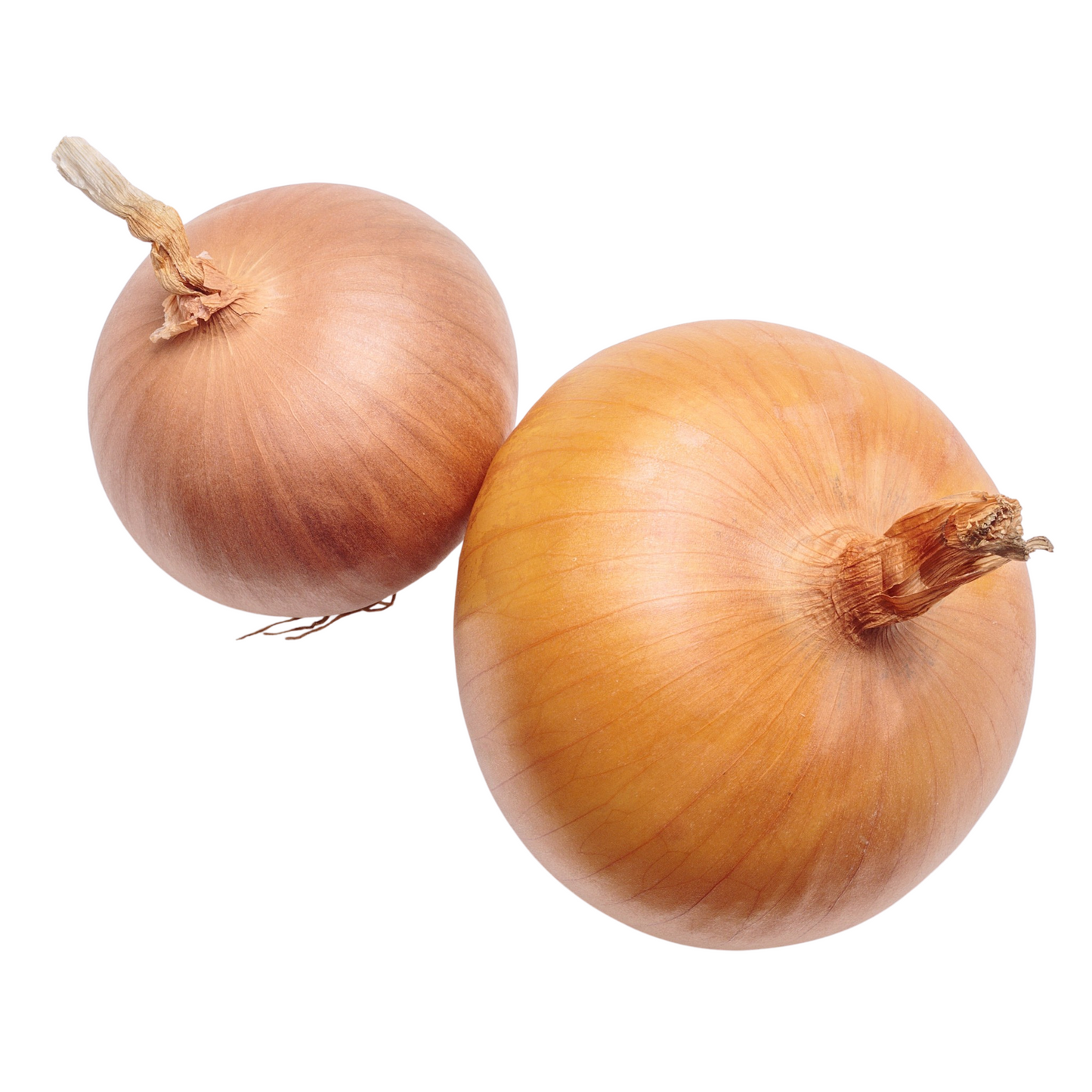JONQUIL
Australian Brown Onion - 0.5 gram
Australian Brown Onion - 0.5 gram
Couldn't load pickup availability
The Australian Brown Onion is a classic long-day variety known for its bronze-brown papery skin, firm white flesh, and excellent storage quality. It’s a strong, traditional variety that thrives in warm, dry climates and produces medium to large globe-shaped bulbs.
Bulb shape: Round to slightly flattened globe
Skin: Golden to rich brown, dry and papery
Flesh: White, firm, crisp
Flavour: Strong, pungent, slightly spicy raw; mellow when cooked
Size: Typically 7–10 cm in diameter
Storage: Excellent—stores 4–6 months in proper conditions
Maturity: 120–180 days (from seed)
Growing Conditions
Sunlight: Full sun (at least 6–8 hours/day)
Soil: Loose, well-drained sandy loam enriched with compost
pH: 6.0–7.0 (neutral is ideal)
Watering: Regular, even watering—shallow roots need consistent moisture, especially in dry periods
Feeding: Requires fertile soil; apply balanced fertilizer at sowing, and side-dress with high potassium as bulbs begin to swell
Growing Season
This is a long-day onion variety, meaning it requires 14+ hours of daylight to form bulbs. Best suited to regions with long summer days.
Sow in late autumn to early winter in mild climates (for spring/summer harvest)
In cooler regions, start indoors in late winter, then transplant
Harvested in mid-to-late summer, depending on sowing time
Sowing Instructions
From Seed (preferred for best storage onions)
When to sow:
Temperate regions: Sow late autumn to early winter
Cooler climates: Sow late winter indoors, transplant in early spring
Seed depth: 0.5–1 cm
Spacing:
Thin or transplant to 10–15 cm between plants
Rows 25–30 cm apart
Germination temp: 10–25°C
Germination time: 7–14 days
From Seedlings or Sets (faster, but reduced storage life)
Plant 10–15 cm apart
Less likely to bolt than seed-started onions
Harvested slightly earlier, but may not store as long
Common Pests & Diseases
Pests:
Onion Thrips: Cause silvery patches and twisted leaves – control with insecticidal soap or neem oil
Onion Maggots: Larvae burrow into bulbs – rotate crops, use row covers
Cutworms: Chew through stems – use collars or encourage predatory insects
Aphids: Can distort young shoots – hose off or use neem oil
Slugs/Snails: Feed on young shoots – use barriers or traps
Diseases:
Downy Mildew: Yellowing and fuzzy growth – avoid wetting leaves and ensure good spacing
White Rot: Soil-borne; yellowing, stunted growth – avoid planting alliums in same area for several years
Neck Rot: Occurs post-harvest; caused by harvesting too wet or damaged – harvest only when dry, cure bulbs well
Botrytis Leaf Blight: Grey mold – rotate crops and avoid overhead watering
Harvesting & Storage Tips
Harvest when: Tops fall over and begin to yellow naturally
Cure: Lay bulbs out in a dry, shaded, well-ventilated spot for 2–3 weeks
Trim: Cut tops to 2–3 cm and roots once cured
Store: In cool, dry, dark place with good air circulation—mesh bags or baskets are ideal
Share


